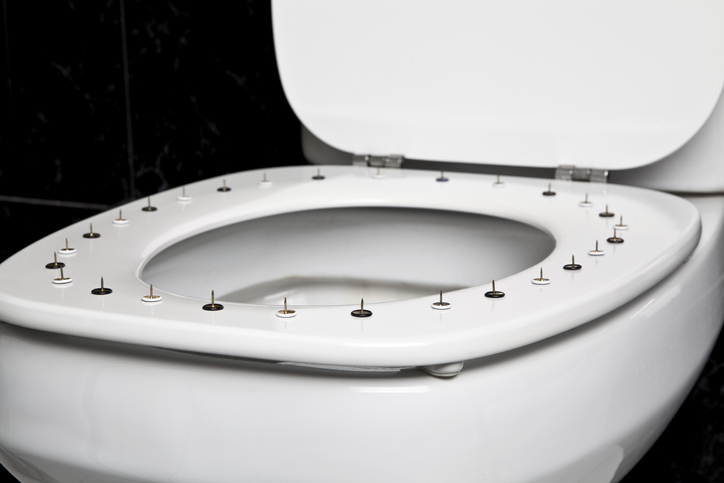Published: October, 2013
Hemorrhoids are usually caused by increased pressure due to pregnancy, being overweight, or straining during bowel movements. By midlife, hemorrhoids often become an ongoing complaint. By age 50, about half the population has experienced one or more of the classic symptoms, which include rectal pain, itching, bleeding, and possibly prolapse (hemorrhoids that protrude through the anal canal). Although hemorrhoids are rarely dangerous, they can be a recurrent and painful intrusion. Fortunately, there's a lot we can do about hemorrhoids.
What are hemorrhoids?
In one sense, everyone has hemorrhoids (or piles), the pillow-like clusters of veins that lie just beneath the mucous membranes lining the lowest part of the rectum and the anus. The condition most of us call hemorrhoids (or piles) develops when those veins become swollen and distended, like varicose veins in the legs. Because the blood vessels involved must continually battle gravity to get blood back up to the heart, some people believe hemorrhoids are part of the price we pay for being upright creatures.
There are two kinds of hemorrhoids: internal hemorrhoids, which occur in the lower rectum, and external hemorrhoids, which develop under the skin around the anus. External hemorrhoids are the most uncomfortable, because the overlying skin becomes irritated and erodes. If a blood clot forms inside an external hemorrhoid, the pain can be sudden and severe. You might feel or see a lump around the anus. The clot usually dissolves, leaving excess skin (a skin tag), which may itch or become irritated.
Internal hemorrhoids are typically painless, even when they produce bleeding. You might, for example, see bright red blood on the toilet paper or dripping into the toilet bowl. Internal hemorrhoids may also prolapse, or extend beyond the anus, causing several potential problems. When a hemorrhoid protrudes, it can collect small amounts of mucus and tiny stool particles that may cause an irritation called pruritus ani. Wiping constantly to try to relieve the itching can worsen the problem.











